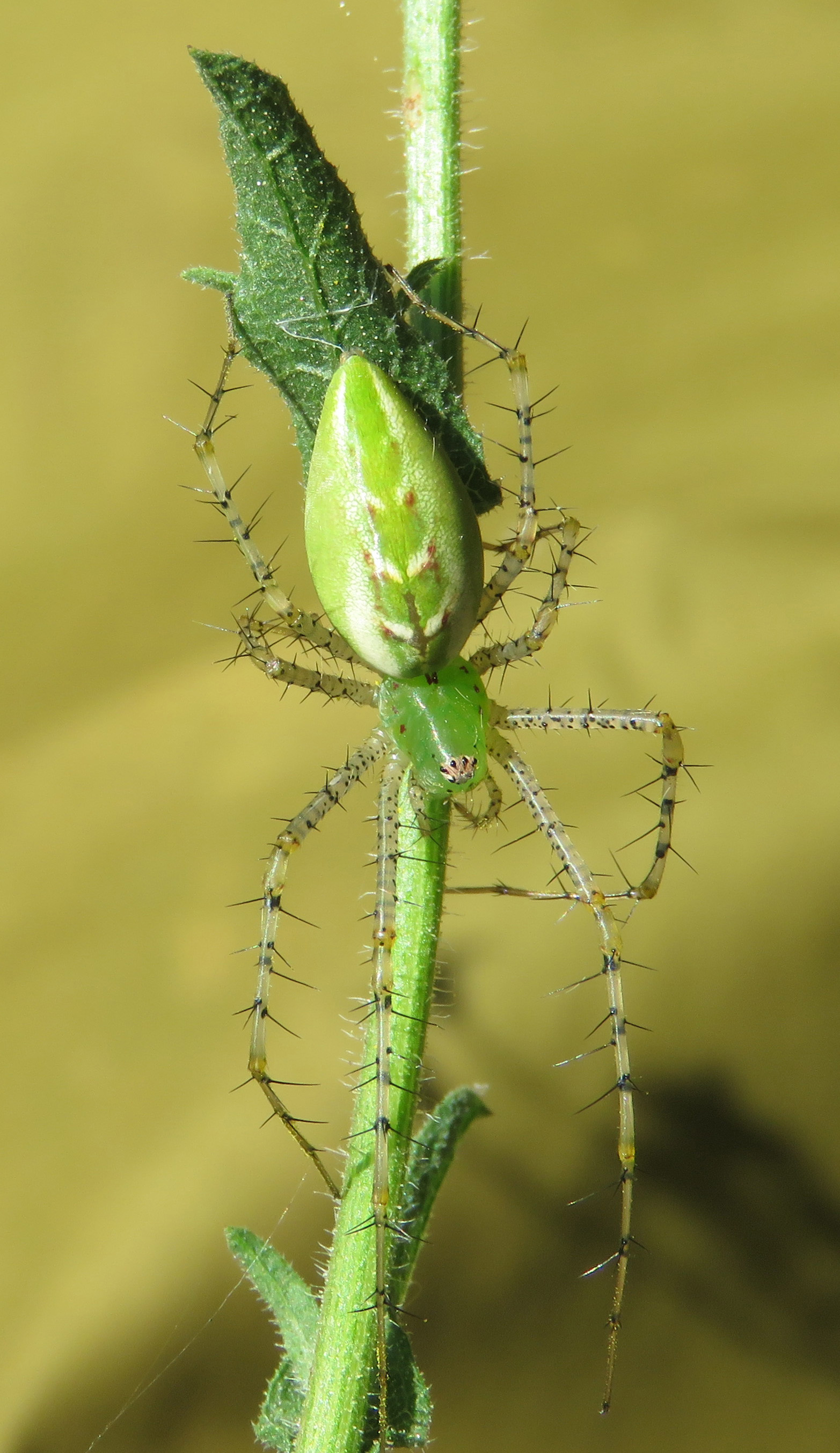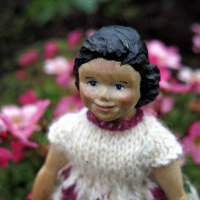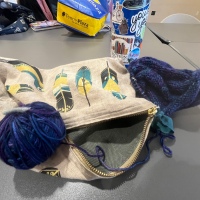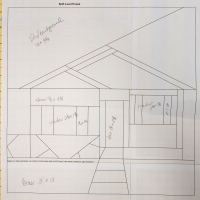Trying Some Dyeing
We have had a very rainy spring and summer, but lately there have been some sunny days I could spend outside working on surface design. One of my projects has been a challenge to get to a presentable stage, but in the meantime, here are some dye experiments.
I ordered these dyes back in 2011, I think.
When I decided to spend this weekend dyeing, I re-read all the different technique books and articles I have gotten. The book I found most helpful was Dyeing to Quilt by Joyce Mori and Cynthia Myerberg. It has a very clear 10-step method, and then shows all kinds of variations on that method, with just the right amount of repetition in each one so you don’t have to flip pages back and forth. I also appreciated that the information is shown visually as well as verbally, and the dye recipes are in sidebars so you don’t have to hunt through a lot of verbiage for them.
That book focuses on dyeing samples for color wheels and value studies so that you can achieve the exact shade you want. It was a little more disciplined approach than I had in mind, so after reading the book and absorbing the information, I decided to try a method that was a little less structured. It was from an article titled “Outdoor Flat Dyeing” by Robin Ferrier, in the June/July 2012 issue of Quilting Arts magazine. And fortunately, she has kindly posted the whole flat dyeing procedure on her website.
I had about 10 yards of prepared for dyeing (PFD) cotton fabric from Dharma Trading, and I also had about 5 yards of different commercial fabrics that I wanted to try overdyeing on; some were white-on-white designs, one was a mottled peach, and one was a very ugly green. I cut the fabric into 1- and 2-yard pieces.
Set-up Tips from Robin Ferrier:
Have two tables, one for the flat dyeing and one to hold all your other stuff.
If it is possible, have the dye table at a slight slope so the excess dye will run off.
Tip from Mori and Myerberg:
Place a dishtub where the excess dye will run off — you can use it on another piece of fabric.
If you want to try this procedure, I highly recommend going to Ferrier’s website and following her directions, but I will go through how I did it too.
Step 1: Put a gallon of hot water into a bucket, add 1 cup of soda ash ( I used calcium carbonate, sold in the pool supply area at a local store), and mix until dissolved. Add the fabric and let it soak.
NOTE: None of the books or articles I consulted specify how exactly much fabric this solution is supposed to treat, and they vary in how long to soak the fabric, and how to get the excess solution out of the fabric when soaking is over. I did 7 yards, 1 hour, and just squeezed the excess back into the bucket.
Step 2: Mix dye. Ferrier’s method was the easiest so that is what I used. I had 7 dye colors so I set out 7 quart Mason jars, and measured 2 tablespoons of the dye powder into each (working outside, wearing rubber gloves and a face mask). Then I poured a little hot water into one jar, stirred that into a paste, added more water to equal 1.5 cups, and added 2 tablespoons of non-iodized salt, and stirred. Then repeated for each color. Ferrier said these proportions make enough dye for 1 yard.
NOTE: Mori and Myerberg use different ratios of dyes depending on what color they are using. They use 2 teaspoons dye powder to 2 cups of water for yellow, 4 teaspoons for red, etc. Since I was using mostly dark colors and I wanted intense shades, I erred on the side of the higher measurement suggested by Ferrier. Also, since my well water is hard, I used distilled water.
Step 3: Put a sheet of plastic down on the table, lay out a piece of the fabric, and let the fun begin!
I poured, I brushed, I sprinkled dye powder on top.
I had ordered a pretty limited palette of colors – two blues, two purples, and three darks. Fortunately I remembered that I had also picked up some Tumble Dye spray bottles, and one of them was yellow, so I just sprayed that right on top. I loved this dye! I have had it for years but it sprayed quickly and cleanly and was a beautiful bright color.
Step 4: Place a piece of plastic on top of the freshly dyed fabric, and roll a paint roller all over to work the dye into the piece.
One thing I did was to take pictures of areas where I liked the way the fabric looked, before and after mashing the plastic sheet onto it. If the dyed fabrics don’t turn out the way I like, I can still use these photos in Photoshop and edit their colors, and use them as backgrounds for digital montages or for printing on fabric.
Step 5: Lay a new piece of fabric on top and start again.
When you are finished with all your fabric, lay a last piece of plastic on top. Weigh it down, and let the whole thing bake in the sun for the rest of the day to cure the dye. (This may be the hardest part.)
Step 6: Next day, pull apart and separate the layers. Rinse the fabric, wring out the excess liquid, and wash it in the clothes washer with Synthrapol. It can be dried on the line or in the dryer. Rinse the plastic sheeting and dry for future use.
I put the fabric right on the clothes line and let it dry. It may be some time before I wash and re-dry it.
Results:
The fabrics looked good when they were still damp. Once dry, they seem a little chalky. However, I have not washed them yet so that may change. Or I may have used too much soda ash.
There are some interesting areas, sometimes worth noting because I don’t want to repeat them.
And as Joanna the Snarky Quilter said today, with surface design, if you don’t like a piece, you can just do it over and do something different to it.
I had fun experimenting, but I don’t foresee dyeing regularly. There are so many beautiful batik fabrics available commercially; I am happy to just choose a bunch of them instead of trying to create really unique fabrics myself. I think I prefer more control and I am more likely to paint or print than pour. BUT I am happy I tried it and even happier that I used up these supplies I’ve had hanging around for years.
But wait, there’s more!
As I was putting my supplies away today, I found another whole stack of fabric I had set aside for dyeing! So I used up the rest of the mixed dyes and dug out some more bottles of Tumble Dye, and did another 7 or 8 yards! They are out there on the dye table now; tomorrow we will see how they turned out.





























Great experimentation. I never got to the dyeing this Spring with the rainy weather we were having here in Houston.
I know, it’s either too rainy or too hot or both! I tried to get this all done in a 2-hour window so I wouldn’t be in the direct sun too long, that just goes against all normal behavior here!
My goodness what a lot of pretty fabric. I haven’t tried this method, but have dyed fabric in the past and didn’t like the result. Still it’s always good to experiment.
Yes, now I can say I’ve done it and check it off my textile bucket list! 🙂
Thanks for giving a step by step of the process you used. I’ve never done that table top method, but have used plastic trash can lids. One of the confusing things about dyeing is there are so many different approaches out there. When do you add soda ash, do you use urea, do you keep your dyeing fabric wet, how much dye powder to use are all head scratchers to me. My next dyeing will be some color gradients, or so I hope.
Yes, it’s amazing there are so many methods out there. I guess I could have gone to Dharma’s website and looked at their tutorials, but somehow my default research mode is still books and magazines. It was fun and if I do any dyeing again, I think I would use this method.
I love the green one in the middle top photo on the commercial fabric. It speaks to me. I have never tie dyed a thing but I love the colors and the look of tie dye.
I am glad you like it! It does not look like any fabrics I usually pick from the store, but it was fun to make. 🙂
Dyeing can be a crap shoot! I have only dyed fleece and yarn never fabric. Trickey. Glad you tried it!
I have washed and dried it now and it didn’t lose color, but it doesn’t look so great. I will iron it with sizing and see if that helps.
Really interesting to read as I dye fleece and yarn a lot with these dyes and have never dyed cloth. I gently simmer my dye pot for 30 minutes and that sets the dye properly – and try to do it outside with an old-fashioned electric clothes water boiler. I call it rainbow dyeing and, of course, it works very well with fleece because you can spin the variegated colours as you wish – you can read about my last dyeing session in my blogpost Fleece. I do think your results are great, but would find it hard to use some of those strong and wild patterns – but I am sure you will come up with something brilliant with your materials!
What I had in mind was to cut up those strong patterns into small pieces and mix them with solids, so that will tame them pretty well. We will see. Some of them are saying to me, “I would like to be the back of a wall hanging,” and “I would like to be a whole-cloth quilt with lots of quilting and big-stitch embellishment.” 🙂
This does sound interesting and exciting – look forward to seeing what you come up with 🙂
More fun for me to watch you than to do this myself 😃
I do enjoy the setacolor fabric paints that develop in the sun. But when I took a fiber-reactive dye workshop, I understood why hand dyed fabric is so expensive!
Yes, if you got commercial fabric dirt cheap and overdyed to make it palatable, maybe it would be worth the money! But I am not that picky about the colors I use, I think the commercial companies do just fine with their choices! 🙂
I also like that vivid blue. The surprise of it all !!!
It is definitely giving me ideas that are surprising to me! 🙂
Wonderful results with interesting colorful designs.
Pingback: First Finish on the Last Day | Deep in the Heart of Textiles
Pingback: The Endeavourers’ Reveal Day Three: Spirals | Deep in the Heart of Textiles